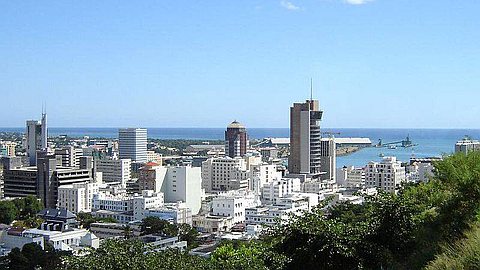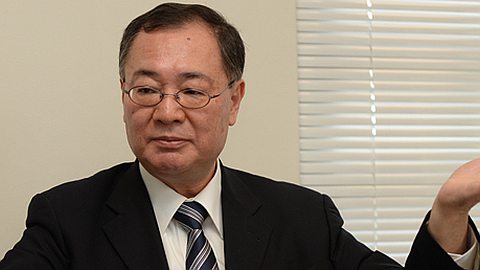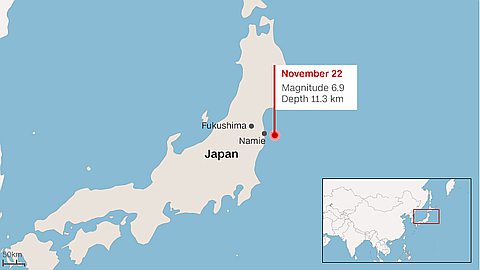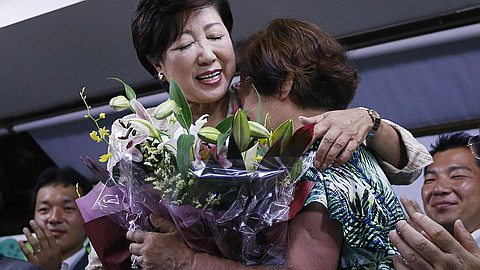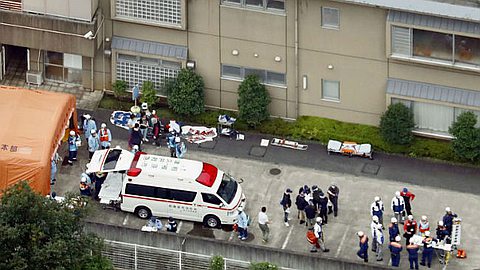Japan is Looking for New Capital
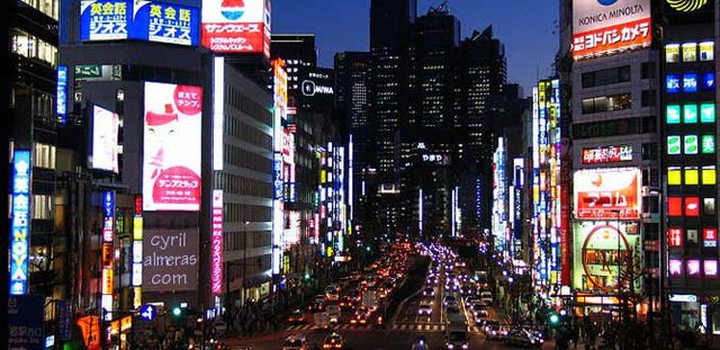
The Japanese government is indeed thinking about which city to choose to relocate disaster, like a devastating earthquake or tsunami. This is the Central Council for Disaster Reduction in Japan, which advises leaders to prepare to move government offices and the Bank of Japan.
For now, the headquarters of spare Japanese government are located in the Tachikawa district located west of Tokyo. If the residence is ready for emergency use if needed, its location (30 km from central Tokyo) would not allow him to escape a future disaster.
The Board therefore recommends the government to choose between five towns less exposed than the current capital: the two largest cities, Osaka and Nagoya, as well as Sapporo, Sendai and Fukuoka. The cities chosen were selected because they already have large government offices and branches of the Bank of Japan.
In addition to advising the government to choose another basis of folds, the council also recommends other measures such as creating temporary shelters for people whose homes have been destroyed, and copying and safekeeping of information of disasters.
The recommendations of this council falls while Japan comes to relight its second nuclear reactor. The country had turned off all power in the wake of the disaster at Fukushima in 2011, but a first reactor had been restarted in June 2012.
It is the pressure of society'' s electricity Kansai Electric Power (Kepco) to the Prime Minister who has led the government to confirm the restart of the reactor. This decision sparked a wave of criticism: Monday, July 16, an anti-nuclear gathered more than 100,000 people in Tokyo.
